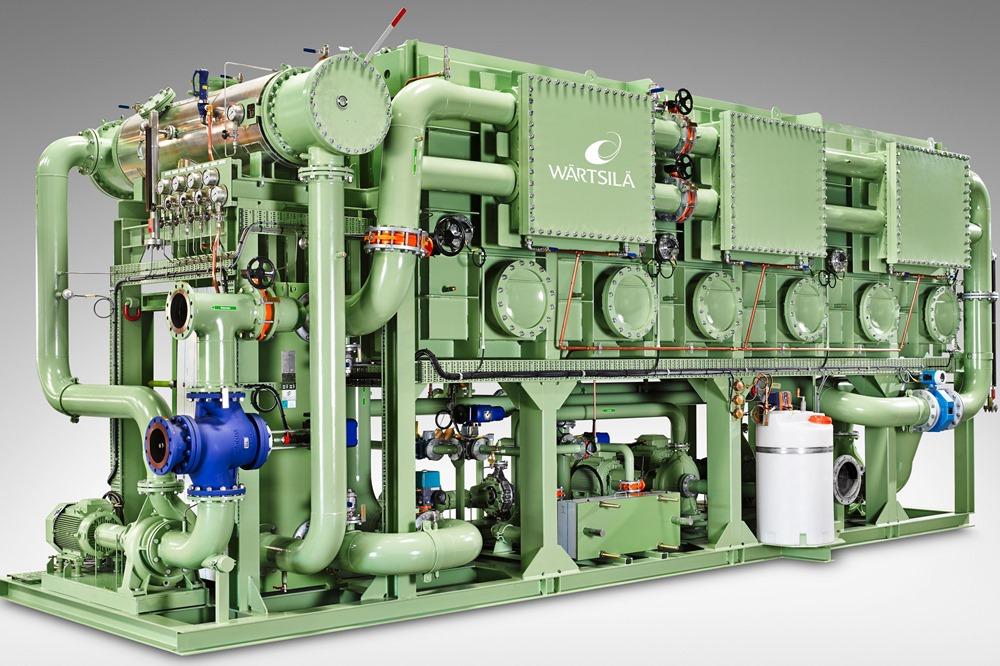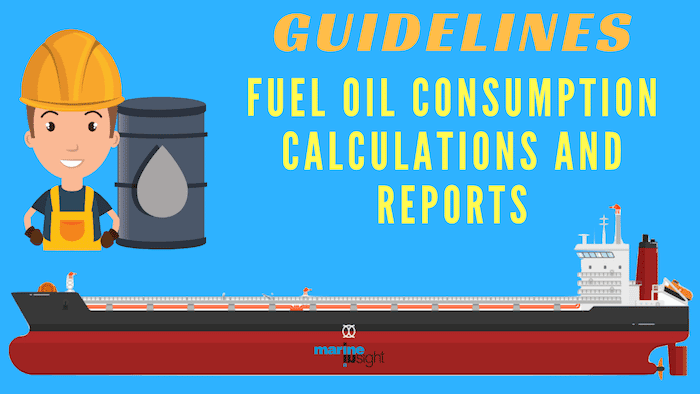Table Of Content

Gas turbines are greener than diesel engines and allow ships to sail with reduced inventory and smaller maintenance crew. Gas turbines drive generators which in turn provide electricity to propeller motors. They recover heat from gas turbines' exhaust, which then is used to produce the electricity needed for onboard services (air conditioning, water heating). These ships incorporate a complete ABB propulsion - Azipods, electric power plant, computer automation, and software.
Cruise ship engine room
This allows her to spend 10 days at sea without refueling at her average speed of 29 knots. If she were traveling at her top speed of 32.5 knots, she would reach her destination faster but would use a lot more fuel. Size is an essential factor in cruise ship fuel consumption and fuel efficiency. With the same distance, a smaller ship will have less fuel consumption than a larger ship, similar to motor vehicles on the road. At a petite 878 feet long and 75,500 tons, this ship is much more fuel efficient.
Propulsion Types and their Fuels for Cruise Ships
LNG is a natural gas extracted from the earth’s core that has been cooled down to liquid form. LNG fuel is mostly methane but is referred to as LNG once it has been liquified through pressurization or refrigeration. Direct access to the propulsion engine or generator engine is provided by the service tanks. Fine filters, temperature-controlling components, and other sophisticated equipment are included in the supply system. While this is happening, most coastal sailing involves eco-friendly or slow motion. The excessive burning of fuel is thus limited by a balance of speed variation.
Conventional diesel cruise ship engine
Cunard QE2, for example, consumes daily 380 tons of fuel when traveling at 29 knots speed and carries fuel enough to sail for 12 days. Usually, ships fill up at various seaports and use fueling barges as floating gas stations. Vessels use lower-grade diesel which tends not to burn as purely as diesel-powered road-going vehicles.
In November 2013, the manufacturing giant Rolls-Royce upgraded Hurtigruten's ship MS Richard With its new "Promas Lite" propulsion system (integrated propeller-rudder system). This is an older ship, and Promas Lite was the perfect choice as it is a combined "propeller-rudder" system increasing the efficiency of older passenger vessels with lesser tonnage. The upgrade significantly reduced Hurtigruten's operating costs on this vessel. The improved propeller efficiency was estimated to be between 11-14% at a cruising speed of 15 knots (17 mph / 28kph). Probably you've heard about Carnival cruise ship accidents related to power failures in 2013.
Energy use and energy efficiency in cruise ship hotel systems in a Nordic climate - ScienceDirect.com
Energy use and energy efficiency in cruise ship hotel systems in a Nordic climate.
Posted: Sat, 15 Jul 2023 07:00:00 GMT [source]
Azipod turns in all directions (360 degrees) by a rudder, providing thrust in any directions, not possible for conventional systems. On average, these vessels go from 7.5 MT to 20 MT during the port stays. The significant difference also includes the passenger behaviour of visiting the shores, resulting in lower power usage. Shaft generators are also useful in lowering the consumption with the production of electrical power. This removes the auxiliary machinery out of the picture while sailing, reducing the fuel consumption. After the arrival of 0.5%, sulfur content regulation under MARPOL, diesel engines faces significant changes.
An aerodynamic vehicle also has less trouble accelerating on a very windy day than a car with a bulkier design. As a result, the engine doesn’t have to struggle to push through the air and will use less fuel to ride. Depending on its size, a cruise ship might burn a gallon of fuel for every 30 to 60 feet it travels, according to the University of Colorado Boulder. Therefore, a cruise ship sailing one way to London from New York would consume around 338,000 of fuel to make that trip. To better illustrate this process further, consider the Louis, a Canadian icebreaker ship. During refueling, a barge will pump about 110 tons of fuel into the ship every hour.
In May 2019, the US company "Maid of the Mist" ordered ABB two new all-electric vessels for the company's Niagara Falls tours. Both catamarans are 100% emission-free being powered by high-capacity batteries. Each ship is fitted with two battery packs (combined capacity 316 kWh / 563 HP output). The electricity is provided by 2 fully-independent power systems and split evenly between the 2 hulls. Today cruising is one of the most popular vacations, but there are significant environmental downsides.

Several factors come into play when determining the fuel consumption of a cruise ship. Understanding these factors can help us grasp the complexity of this issue and identify areas where improvements can be made. Another environmental concern is the discharge of wastewater and sewage. Cruise ships generate vast amounts of wastewater, including sewage, graywater, and oily bilge water.
Environmental impact is a critical consideration in the cruise industry. Cruise ships emit air pollutants, contribute to greenhouse gas emissions, and generate waste that requires proper management. Cruise lines continuously strive to find the right balance between ship size, passenger capacity, and fuel efficiency. By investing in technologies and adopting sustainable practices, the industry aims to reduce the environmental impact while still providing unforgettable experiences for passengers.
Traveling at a speed slower than 20 knots is “slow steaming,” and it’s a highly effective way to reduce fuel consumption. For example, according to the American Bureau of Shipping, a 10% reduction in speed allows the ship to save about 20% in fuel. Generally speaking, the faster a cruise ship goes, the more fuel it burns. For this reason, cruise lines aim to travel at a leisurely pace from port to port, giving their guests a chance to absorb the scenery. CARB estimates fuel use to be about 80% of a cargo ship’s operating cost, for example.
Up to two million gallons of fuel can typically be stored on board a large cruise ship up to 1,100 feet in length. In contrast, a large vessel like the Exxon Valdez can carry up to 55 million gallons, while a private motor yacht of 40 to 60 feet can only carry 200 to 1,200 gallons. One to two million gallons of fuel could fit on a large cruise ship with a length of 900 to 1,100 feet.
No comments:
Post a Comment